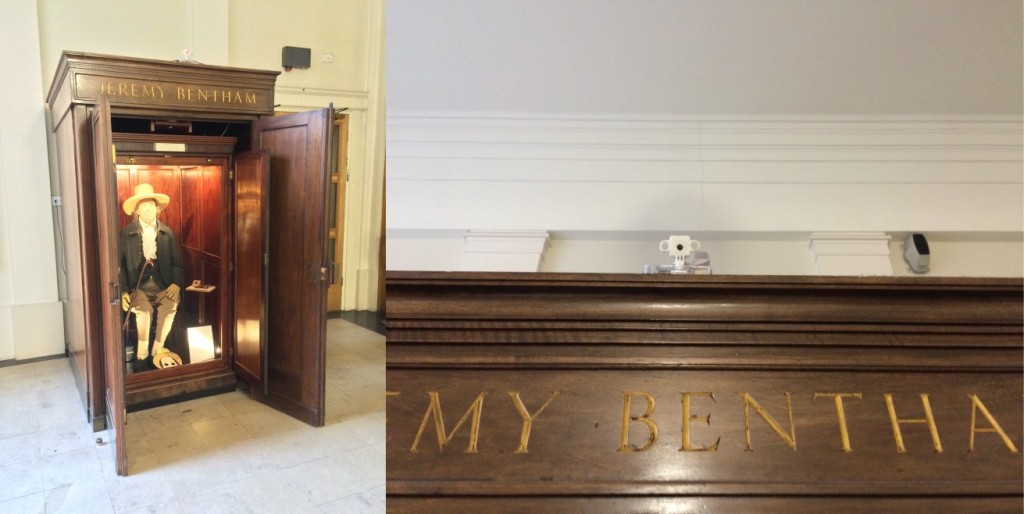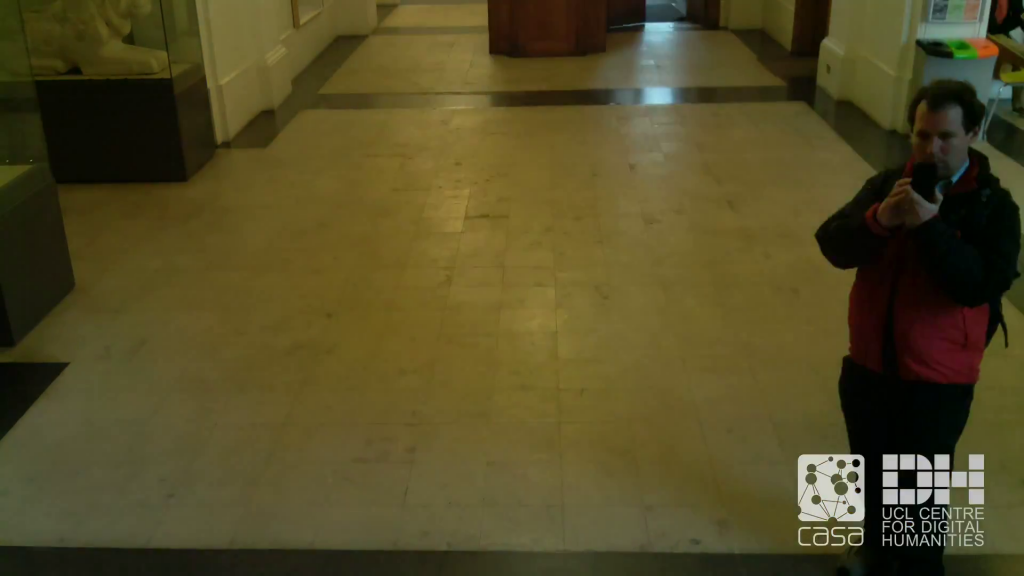I attended two privacy events over the past couple of weeks. The first was at the Royal Society, chaired by Prof Jon Crowcroft.
All panelists talked about why privacy is necessary in a free, democratic society, but also noted that individuals are ill equipped to achieve this given the increasing number of technologies collecting data about us, and the commercial and government interests in using those.
During the question & answer session, one audience member asked if we needed a Digital Charter to protect rights to privacy. I agreed, but pointed out that citizens and consumers would need to express this desire more clearly, and be prepared to take collective action to stop the gradual encroachment.
The second panel – In the Digital Era – Do We Still Have Privacy? – organised in London by Lancaster University this week as part of its 50th Anniversary celebrations, chaired by Sir Edmund Burton.
One of the panelists – Dr Mike Short from Telefonica O2 – stated that it does not make commercial sense for a company to use data in a way that goes against their customer’s privacy preferences.
But there are service providers that force users to allow data collection – you cannot have the service unless you agree to your data being collected (which goes against the OECD principles for informed consent) or the terms & conditions so long that users don’t want to read them – and even if they were prepared to read them, they would not understand them without a legal interpreter.
We have found in our research at UCL (e.g. Would You Sell Your Mother’s Data, Fairly Truthful) that consumers have a keen sense of ‘fairness’ about how their data is used – and they definitely do not think it ‘fair’ for them to be used against their express preferences and life choices.
In the Q & A after the panel the question of what can be done to ensure fair treatment for consumers, and the idea of a Digital Charter, was raised again. The evening’s venue was a CD’s throw away from the British Library, where the Magna Carta is exhibited to celebrate its 800th anniversary. The panelists reminded us that last year, Sir Tim Berners-Lee called for a ‘Digital Magna Carta’ – I think this is the perfect time for citizens and consumers to back him up, and unite behind his idea.

